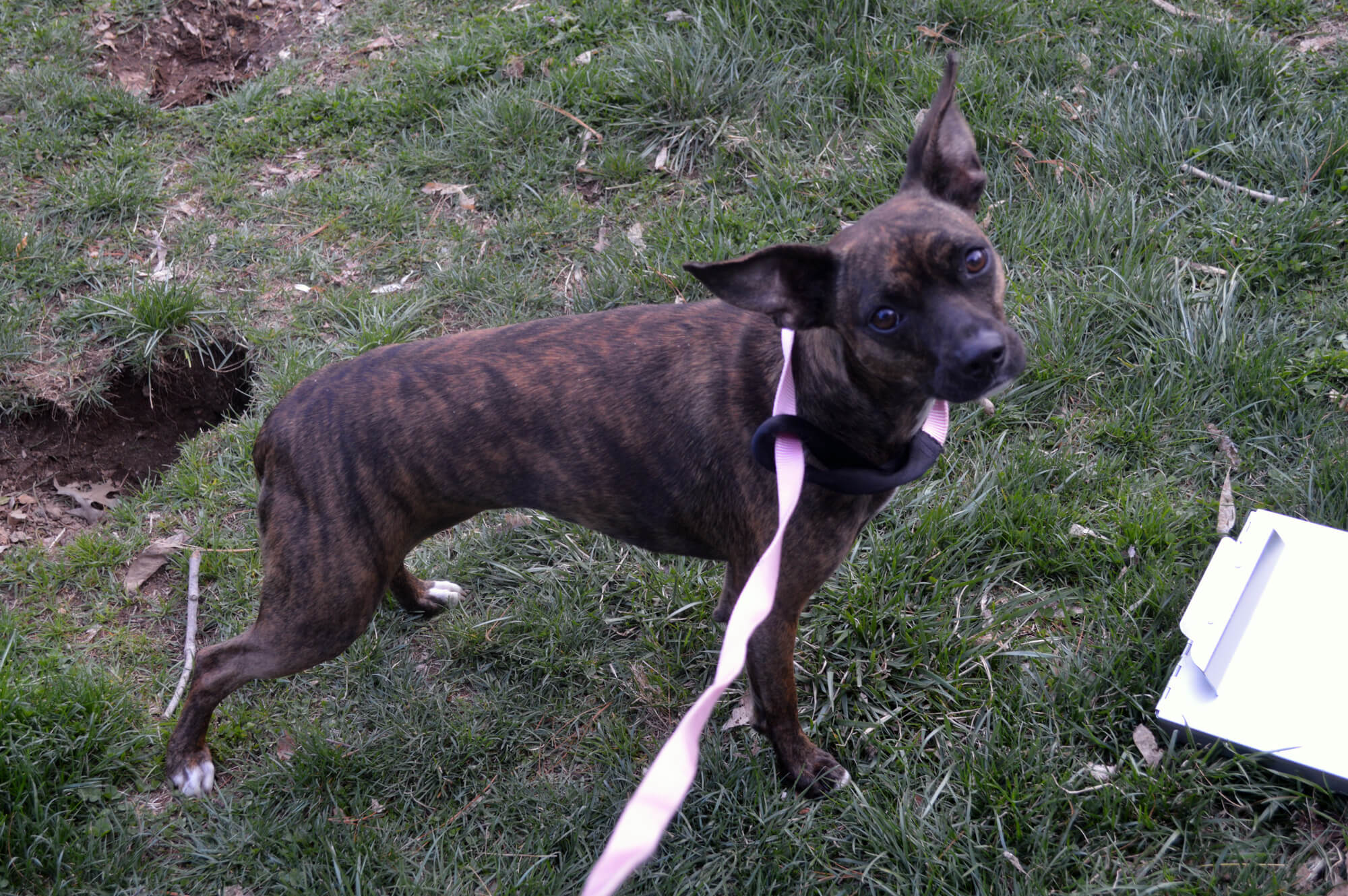
The Leash
When you observe someone walking their dog, you often see the dog well ahead, leash taut, with the owner trailing behind. Or worse: lunging, pulling, or jumping. It’s so common we barely notice it — but it shouldn’t be accepted as “normal.”
Why the Leash Matters (Beyond Control)
In my training philosophy, the leash isn’t simply for restraint — it’s a communication tool. Think of it as a physical manifestation of the energy between you and your dog. When there’s pressure on the leash, it indicates pressure in your connection: your dog would go farther, if he could. Proper leash use means converting that tension into clear, calm communication.
Leash Training: Foundational Rules
- No constant pressure, only correction.
- The leash should be completely slack — except when a correction is needed. When you do apply pressure, make it a quick, sharp impulse that immediately releases once your dog returns to position.
- Be aware, be present.
- You must always feel the state of your leash. If tension builds, you need to act. This requires attentiveness to both your dog and your own posture.
- Insist and persist (without aggression).
- Leash training is not a one-and-done. Consistency is key. Repeat corrections until your dog learns not to push the boundary.
- Relax.
- Tension in your arm or shoulder transfers to the leash. Keep your grip relaxed, shoulder down, so inadvertent pressure doesn’t communicate something you don’t intend.
- Correct positioning, not chasing.
- If your dog pulls, don’t go with him (i.e. “chasing”). Instead, use a quick leash correction to bring him back in line and remove any pressure on the leash.
Turning Corrections Into Trust
Used properly, the leash becomes a gentle “touch” — enough to bring your dog’s attention back, but not forceful. Over time, your dog learns that your presence, your energy, and your intent matter. He learns to walk beside you, not drag you.
When the walk is calm, cooperative, and mutual, the leash will naturally hang loose or swing freely beside you. That’s your goal: a relaxed leash, a happy dog, and a peaceful walk.
Final Thought
The relationship you build with your dog underpins everything — including leash walks. Who you are to your dog matters more than any technique. When your energy is balanced, your intent is clear, and your corrections are prompt yet gentle, the leash becomes an elegant tool of partnership, not just control.
Remember: who you are to your dog is EVERYTHING
Shawn Hines
~ Jan 26, 2019
